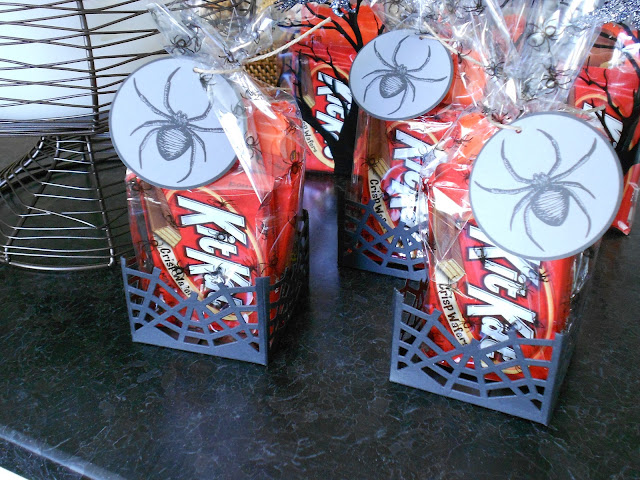Although not a traditional French holiday, Halloween is gaining popularity with the French with some attributing this increase in popularity to effective advertising, marketing and "globalization." More and more French citizens are learning about the holiday and and choosing to decorate for and celebrate the "ghoulish" day! Many others; however, don't understand the recent French infatuation with the holiday and don't welcome the intrusion of an American holiday into the French culture and lifestyle.
The first recorded Halloween celebration occurred in France in 1982 at the American Dream Bar and Restaurant in Paris. Here they began decorating for the holiday and explaining to all visitors the meaning of the celebration and encouraging the local patrons to participate year after year.
Today you can find the largest French celebration of Halloween in Limoge France where they have wildly embraced the holiday. Every year since 1996, on October 31st the town puts on a Halloween parade and celebrates the holiday where anywhere from 30,000 to 50,000 people show up for a parade of ghosts, goblins and ghouls carrying candlelit pumpkins. Many people dress up in costume and tour the local bars, cafes and restaurants. The city also hosts annual Halloween street shows, story tellings and other events organised by the city and local merchants of Limoges.
I love celebrating all holidays, and Halloween is no exception. Although I haven't been able to locate my Halloween decorations since the move to Texas (they're somewhere in my storage unit I hope!) I've added a little Halloween gore to the house!
Here at My Faux French Chateau in Fort Worth, Texas I'm getting ready for my share of local ghosts, witches, princesses and assorted characters to "Trick or Treat" at my front door. I've been happily getting ready for the last two days making Halloween treat bags and homemade caramel corn!
Black urns, witches shoe with candy and jars of "poison!"
Bags of homemade caramel corn and assorted "Trick or Treat" bags.
Happy Halloween!
Au revoir, Mitty






















































